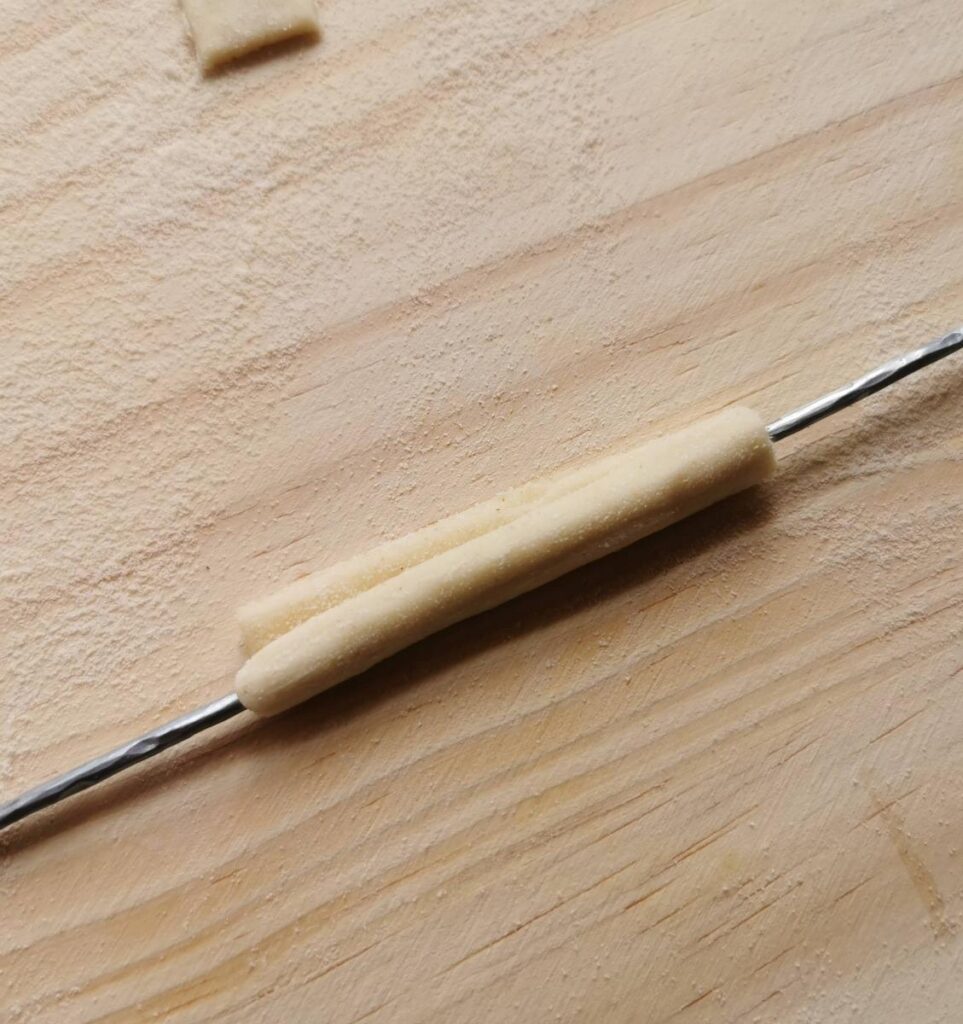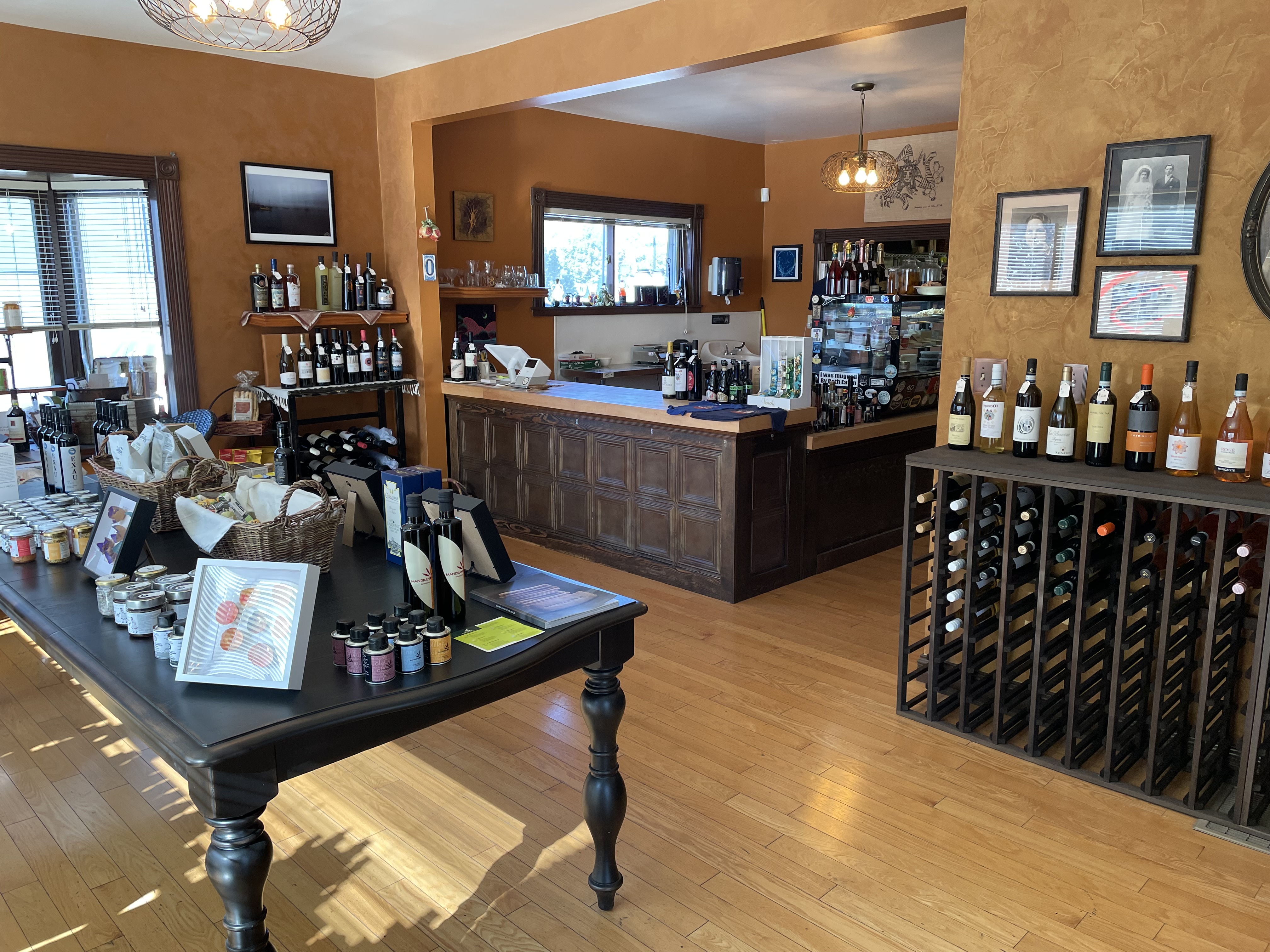There are hundreds of types of pasta—perhaps even about 360, says Jacqui DeBono, who runs The Pasta Project blog from her home base outside of Verona. Originally from Britain, the former journalist and English teacher became fascinated with pasta after moving to Italy about 22 years ago with her Sicilian husband. She's chronicled her exploration of more than 100 uniquely shaped noodles, documenting their stories, recipes, and preferred sauces. One type in particular has especially captured Jacqui's fancy: Sicily's casarecce, shaped like rolled-up scrolls. The pasta's name comes from the Italian word casereccio, which translates to homemade, which Jacqui says is the best way to enjoy it.
Jacqui took the time to share more about her project and this special pasta with me.
What inspired you to start The Pasta Project?
I moved to Italy 22 years ago, although I visited many times, and prior to living in Italy, I lived in Malta. Pasta is really popular everywhere, but pasta in Italy is not the same as pasta everywhere else. And I was just really impressed with how many different types of pasta—more than 360, they say—and all the different ways the Italians prepare them. It's really so much more than what people know outside of Italy or what people are familiar with. So I decided I just wanted to share that with other people.
I am nowhere near the 360 types of pasta. I have maybe close to a hundred that I've made, bought, or cooked. I still have a long way to go.
I try to divide the recipes between Italy's 20 different regions. The pasta you find in Sicily, you won't find here in Verona. Everybody more or less sticks to their type of pasta, except for the things that have become sort of popular throughout the country, like spaghetti.
Spaghetti was invented in Sicily, but it's eaten throughout Italy, and it's obviously eaten in many other countries. So, some types of pasta have gained popularity elsewhere. And there are types of pasta that never really got out of the region. You'll only find them there.
Why is casarecce one of your favorite pasta types?
Apart from the fact that it's Sicilian, I like it because it's one of the prettiest traditional flour and water pastas. And it's very versatile because of the shape. It looks like a little scroll, and sauce gets stuck inside. So, it looks nice, is easy to make, and is very versatile. You can eat it with ragù, and you can eat it with pesto.

Jacqui DeBono uses a pasta press or ferro (pictured here).
What is the difference between homemade and commercially produced casarecce?
For homemade, you can make it two ways. You can use the traditional ferro, which is a very fine iron rod that many traditional pastas, particularly in the South, were made with. Or you can make it with a pasta press.
Commercial pasta is made in two ways: with a bronze die, which you'll find the more traditional artisan pasta makers use, or Teflon dies, which big pasta makers, like Barilla, use. They don't have the same texture as the bronze-die pasta because they tend to be smoother.
When you make it yourself, it's not as uniform. Obviously, with commercial pasta, every piece is perfect. The word casarecce comes from casereccio, which means homemade. It's not perfect, but I think homemade pasta tastes better than commercially produced pasta. It has a nicer texture. You can taste the wheat.
What are some tips for making casarecce?
The only real tip is to use the right kind of flour. And what I discovered quite recently is that although we tend to call it semolina flour, it's actually semola rimacinata, which is re-milled semolina flour. So, if you get semolina flour in the States, it's not going to be exactly the same as the similar semola rimacinata because that's finer. And that's the flour that all Italian dried pasta is made with. In the States, it would be called durum flour, not semolina flour, because semolina flour is coarser than durum flour. So it's important you have the right flour because otherwise, you won't get the right texture and consistency.
What's your favorite way to eat casarecce?
The one I really like is with caponata. Caponata with pasta is not a traditional combo. Most Sicilians eat caponata as a side dish or as a starter with some bread. But more recently, it's become quite popular to put it with pasta. And I really like that; it's all the flavors on one plate.
It's also really good with pestos. You can cook it with ragù, but I think it's so much nicer with vegetarian or vegetable sauces.
If you enjoyed this article, consider subscribing to my newsletter for more content and updates!





